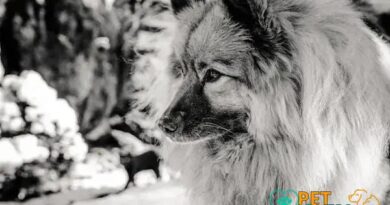What is Worst breeds
What is Worst Breeds: Understanding the Concept
The term “worst breeds” often refers to dog breeds that may not be suitable for every owner or environment. This classification can be subjective, as it depends on various factors including the owner’s lifestyle, experience with dogs, and specific needs. Some breeds may be labeled as “worst” due to their temperament, health issues, or high maintenance requirements. Understanding what constitutes the “worst breeds” can help potential dog owners make informed decisions.
Factors Influencing the Worst Breeds Classification
Several factors contribute to the classification of certain dog breeds as the “worst.” These include behavioral traits, energy levels, and health predispositions. For instance, breeds that are known for being aggressive or overly energetic may not be ideal for families with young children or elderly individuals. Additionally, some breeds are prone to genetic health issues, which can lead to high veterinary costs and emotional stress for owners.
Common Misconceptions About Worst Breeds
Many misconceptions surround the idea of “worst breeds.” Often, these misconceptions stem from stereotypes or anecdotal experiences. For example, breeds like Pit Bulls and Rottweilers are frequently labeled as dangerous, despite many individuals of these breeds being well-behaved and loving companions. It’s essential to recognize that a dog’s behavior is influenced more by training and socialization than by breed alone.
High-Maintenance Breeds: A Closer Look
Some breeds are considered “worst” due to their high maintenance needs. Breeds like the Afghan Hound and the Poodle require regular grooming and can be challenging for first-time dog owners. Their coats demand time and effort to maintain, which can be overwhelming for those who lead busy lives. Understanding the grooming requirements of a breed is crucial when considering a new pet.
Health Issues in Certain Breeds
Health problems can also play a significant role in determining the “worst breeds.” Breeds such as the Bulldog and the Dachshund are known for their predisposition to specific health conditions, which can lead to a lower quality of life and increased veterinary bills. Prospective dog owners should research the common health issues associated with a breed before making a decision.
Temperament and Behavior: Key Considerations
The temperament of a dog breed is another critical factor in the “worst breeds” discussion. Breeds that are overly aggressive, anxious, or difficult to train may not be suitable for novice owners. For example, the Chow Chow is known for its independent nature, which can be challenging for those who are not experienced in dog training. Understanding a breed’s temperament is vital for ensuring a harmonious household.
Energy Levels and Activity Requirements
Energy levels vary significantly among dog breeds, and this can impact their classification as “worst.” Breeds like the Border Collie and the Siberian Husky require extensive exercise and mental stimulation. Owners who cannot meet these needs may find themselves with a destructive or hyperactive dog. It’s essential to assess your lifestyle and activity level before choosing a breed.
Family Compatibility: Finding the Right Match
When considering the “worst breeds,” family compatibility is a crucial aspect. Some breeds may not be suitable for homes with small children or other pets. For instance, the Jack Russell Terrier is known for its high prey drive, which can pose challenges in multi-pet households. Evaluating how a breed interacts with family members is essential for a successful pet adoption.
Conclusion: Making Informed Choices
Ultimately, the classification of “worst breeds” is subjective and varies based on individual circumstances. Prospective dog owners should conduct thorough research and consider their lifestyle, experience, and preferences when choosing a breed. By understanding the factors that contribute to a breed’s classification, owners can make informed decisions that lead to a happy and fulfilling relationship with their canine companions.



